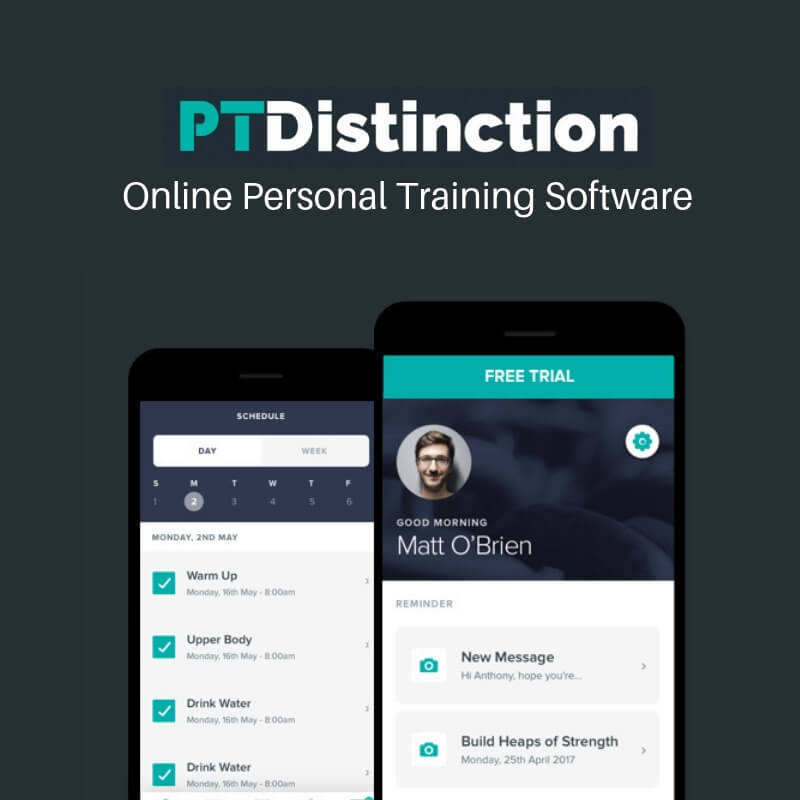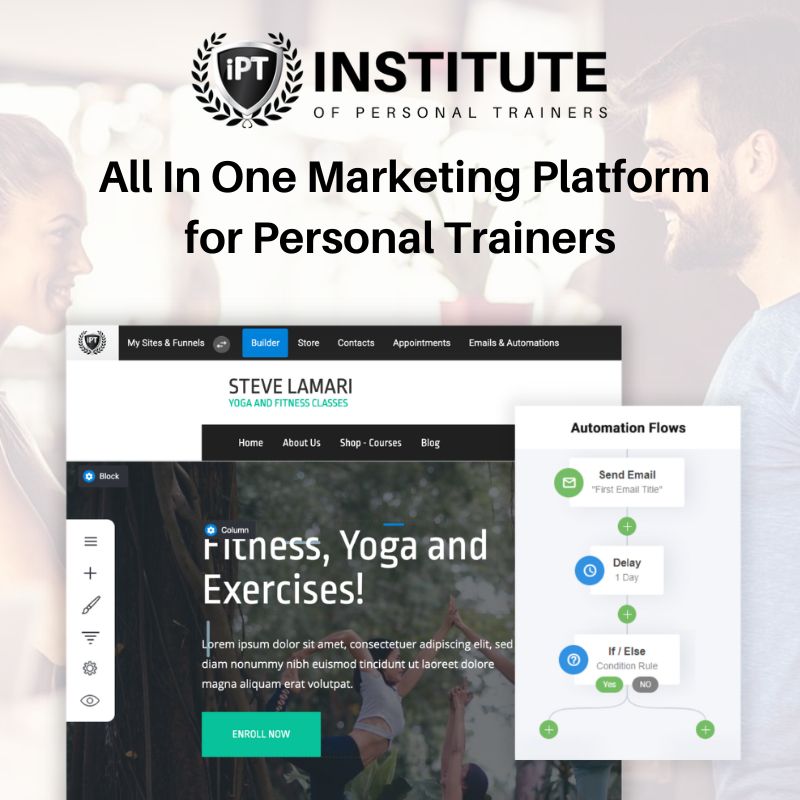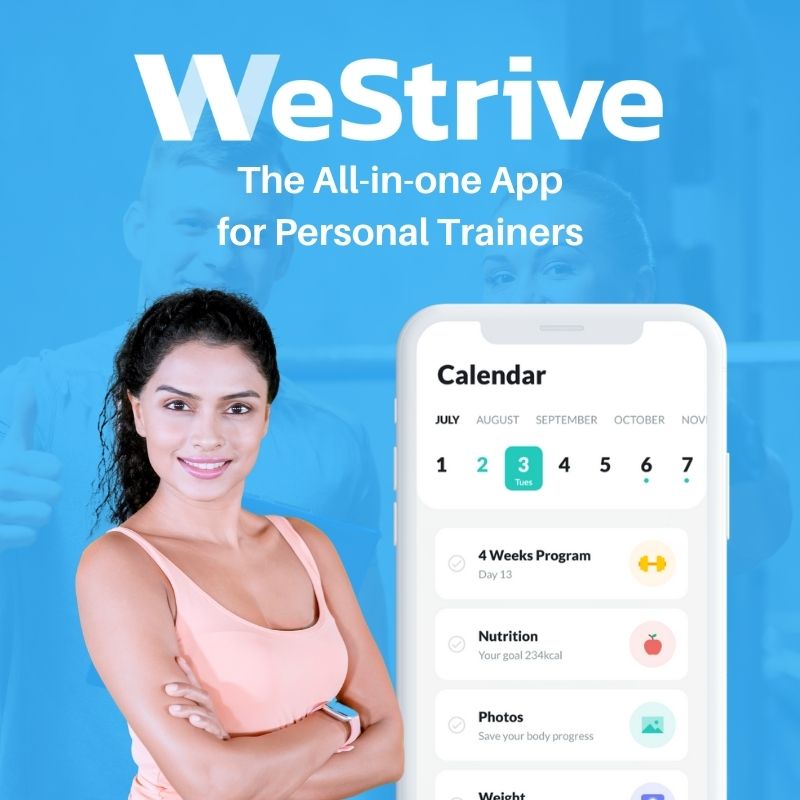When I decided to become a personal trainer I didn’t think it’d be a hard job to do, only to realise the opposite after a few months in buisness. I thought it would be training clients all day and loads of high fiving. But the first year in the fitness industry for me was a massive struggle.
I later found that many PT's, unfortunately, will not make it to the end of year two. They realise it’s not a walk in the park, they burn out and give up before they figure out how to make it work. It doesn’t have to be that way for you!
Your business’ success comes down to many skills, one of which has little to nothing to do with how good trainer you are. It’s task management. The ability to stay organised.
Your business’ success comes down to many skills, one of which has little to nothing to do with how good trainer you are. It’s task management. The ability to stay organised.
The Habits of Successful People
In the book “Eat That Frog” by Brian Tracy, Tracy talks about the "frog". In brief, the “frog” is the most important task you need to perform that will have the biggest impact on your business: it seems huge, very hard and ugly but it must be done to succeed and it must be done first thing in the morning.
When you complete an important task, your brain releases endorphins that will give you a sense of achievement and naturally make you feel more positive.
The habit of setting priorities and overcoming procrastination is a mental and physical skill and as such you can learn it through practice and repetition. If you keep practicing it daily it will become an automatic habit and easy to do.
How to develop new habit:
Let's dig a little deeper.
When you complete an important task, your brain releases endorphins that will give you a sense of achievement and naturally make you feel more positive.
The habit of setting priorities and overcoming procrastination is a mental and physical skill and as such you can learn it through practice and repetition. If you keep practicing it daily it will become an automatic habit and easy to do.
How to develop new habit:
- No Short Cuts – Practice is key to mastering a skill. As you probably already know the mind is like a muscle: the more you use it the stronger it grows.
- The Three D’s – Decision to develop the habit – Discipline yourself to practice the behaviour until it becomes automatic – Determination to stick to the practices until the new habit becomes a permanent part of your personality.
- Visualisation – Picture yourself as the efficient and highly productive person you’d like to become by getting important jobs done on a consistent basis.
Let's dig a little deeper.
1. The Power of Lists
Think on paper. There is a saying that if you spend 10% of the time that you have for a project with planning before you begin will save you 90% in time that you need to get the job done once you get started.
Start with the end in mind and work backward to break it down into smaller tasks.
Start with the end in mind and work backward to break it down into smaller tasks.
Example
Goal: book a consultation with a prospect that has filled out a form on your landing page.
Tasks:
Goal: book a consultation with a prospect that has filled out a form on your landing page.
Tasks:
- Check your diary, write down 2-3 times you’d like to offer.
- Write down a few questions to ask to find out their goals, exercise history, etc.
- Write down their details (name, age, anything you already know)
- Make the phone call.
Write different lists for different purposes.Keeping the long-term goal in mind will help you make better decisions daily. Creating lists for long-, mid- and short-term will put tasks in perspective and give you clear instructions.
Examples
- Master List – Longer term business goals – e.g. gaining 20 permanent clients by the end of the year
- Monthly List – Tasks like paying facility rent and bills, etc.
- Weekly List – for tasks like cashflow management, client follow-up, session scheduling, etc.
- Daily List - checking and answering emails, phone calls, running sessions, meals, your own workouts, etc.
2. The 80/20 Rule
This rule is one of the most helpful concepts of life and time management and it can be applied for many areas of life.
In task management, it translates that 20% of your tasks will account for 80% of the value of what you do.
This means if you have a list of ten items to do, two of those will turn out to be worth as much or more than the other eight items together.
Often, we are inclined to sort out the easy tasks first, unfortunately those are the ones in that 80% that may not make much impact but will take up the most time.
If you want to feel that you’re in control, ensure you complete the 20% first!
In task management, it translates that 20% of your tasks will account for 80% of the value of what you do.
This means if you have a list of ten items to do, two of those will turn out to be worth as much or more than the other eight items together.
Often, we are inclined to sort out the easy tasks first, unfortunately those are the ones in that 80% that may not make much impact but will take up the most time.
If you want to feel that you’re in control, ensure you complete the 20% first!
3. The ABCDE method
After creating your daily list, use the ABCDE method to prioritise those tasks. Tag each item with the letters A, B, C, D or E following the guidelines below:
As a rule of thumb, you start with task A (if there are more, A1, A2, etc.), then B and so on. You should never do a B task if there’s an A task to be done.
After you have tagged all items on your list, you’ll be much more organised and find it easier to work through the list. Make sure you take action immediately.
- A: “must do” task. This is the one that if you fail to complete will have serious consequences to your business, like not paying rent.
- B: This is the “should do” task. This will also have consequences if you don’t do it, but not as serious as with A tasks, even though someone may be unhappy. E.g. showing up late to a session.
- C: Something that would be nice to do, but won’t have consequences to your business if it doesn’t happen, e.g. phoning a friend.
- D: A task that you can delegate to someone else. The more you delegate of the tasks that don’t need you, the more time you’ll have for “A” tasks. E.g. social, content or email marketing
- E: Something you can eliminate completely, won’t make a difference if you do, and is no longer relevant. Often, it’s something you do out of habit.
As a rule of thumb, you start with task A (if there are more, A1, A2, etc.), then B and so on. You should never do a B task if there’s an A task to be done.
After you have tagged all items on your list, you’ll be much more organised and find it easier to work through the list. Make sure you take action immediately.
4. Work All the Time You Work
Finding a balance between work, life and family is just as important for your business as for your own health. Quality of life will take you further whilst sleep deprival, lack of exercise and long stressful work hours will drive you straight into burn out.
Example
Use a time planner and schedule blocks of time for different tasks and activities including client sessions, family time, training, sleep and meeting with yourself to get those most important tasks done. Always calculate 20% extra for contingencies as most tasks take longer than you anticipate.
Once your schedule is done (you can do this as a weekly task), make sure that you focus on that single activity in that time block, turn off any distraction and get as much done as possible.
Use a time planner and schedule blocks of time for different tasks and activities including client sessions, family time, training, sleep and meeting with yourself to get those most important tasks done. Always calculate 20% extra for contingencies as most tasks take longer than you anticipate.
Once your schedule is done (you can do this as a weekly task), make sure that you focus on that single activity in that time block, turn off any distraction and get as much done as possible.
5. Slice and Dice a Task
When a task is too huge there are ways to break it down into smaller chunks and taking one piece at a time will make it easier to finish it.
You can either create smaller tasks within the task (Salami method) and decide to complete them one by one or you can set yourself a time limit (Swiss Cheese) and work on that specific task for as little as 5 or 10 minutes, then focus on other activities before you return.
You can either create smaller tasks within the task (Salami method) and decide to complete them one by one or you can set yourself a time limit (Swiss Cheese) and work on that specific task for as little as 5 or 10 minutes, then focus on other activities before you return.
Examples
Salami:
Salami:
- Task: Design a workout programme that includes warm-up, strength and cardio section with cool down at the end.
- Solution: Create the main structure, then break it down into sections. Take one section at a time and design the exercises.
Swiss Cheese:
- Task: You need to write a blog post.
- Solution: Use 10 min time slots to work on it in phases in between other tasks you must perform.
Summing Up
The main principle behind becoming a more efficient, productive and confident professonal is to be able to take control of your time and spend your energy on tasks that will drive your business and ensure it is headed to the right direction, To achieve that, you'll need to "eat that frog" for breakfast every day!








